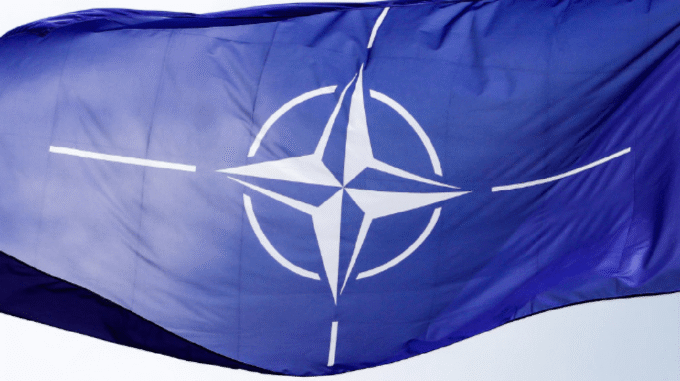NATO plans to significantly increase the presence of air defense systems in Europe to prevent possible Russian aggression — Media

The North Atlantic Alliance is intensifying its efforts to expand and strengthen land-based air defense systems in European member countries. This information has been reported by reputable sources, citing data from "European Pravda" and Bloomberg, with reference to numerous anonymous military and diplomatic circles. According to Bloomberg, NATO has set an ambitious goal — to increase the number of land-based air defense systems across Europe fivefold. This means that each partner country will need to individually determine target figures for expanding their military groups and respective resources. At the same time, the precise timelines for implementing this large-scale plan are currently undefined, and work on it will be carried out within future consultations and negotiations. The most important platform for discussing this issue has been identified as the upcoming NATO defense ministers' meeting in Brussels, scheduled for this Thursday. There, it is likely that new objectives and approaches regarding the buildup of air defense systems in Europe will be finalized, including measures to strengthen land-based components. A high-ranking European military official, who wished to remain anonymous, emphasized to Bloomberg that in the context of increasing geopolitical tension — particularly concerning Russia — NATO leaders are aware of the urgent need for active enhancement of land-based air defense systems in the region. According to him, over the past three decades, the number of such systems has significantly decreased. This decline occurred amid a shift in NATO's priorities away from Cold War threats, where the main danger was the Soviet or Russian missile, towards responding to conflicts in the Middle East, North Africa, and other regions. The growing activity in this area within the framework of the new strategy is part of broader military and political ambitions of NATO to increase defense readiness and expenditures. As part of this, the plan to raise defense spending to 5% of GDP for member countries serves as a signal for urgent reform; this aligns with the commitments actively promoted by U.S. President Donald Trump. Under this plan, more than two-thirds of these expenditures — 3.5% of GDP — should be directly allocated to military needs, while approximately another 1.5% would go toward infrastructure development, cyber defense, and civil defense. It is notable that questions of increasing defense spending and expanding air defense forces have been regularly discussed within NATO over the past years. However, currently, the issue of actively deploying such systems has reached a new priority level in light of the escalating conflict with Russia and potential security challenges in Europe. Overall, experts affirm that these measures indicate NATO’s intent to create an effective defensive barrier capable of deterring any aggressive actions by Russia and to demonstrate unity and strength among allies. At the same time, details regarding specific plans and execution timelines remain undefined for now and depend on the outcomes of internal consultations and political agreements among member states. Currently, the discussion about the scale and form of active military measures involving land-based air defense systems in case of escalation around Ukraine and other European Union countries is still tentative. Nonetheless, all signs point to NATO preparing for more active actions to enhance its defense capabilities and be ready for various scenarios in the region.

